Light Therapy for Brain Health
Light Therapy for Brain Disorders
Our understanding of brain health as being fundamental to our overall well-being dates to the time of the ancient Greeks. “Mens sana in corpore sano”, which translates to “a healthy mind in a healthy body”, was a foundational part of the Hippocratic philosophy. Hippocrates introduced the first classification of mental disorders and believed that the brain was the organ responsible for mental illnesses. His classes of mental disorders included melancholia, mania, insanity, and others. While those terms are no longer in use today, many modern brain disorder, such as depression and dementia, are foundationally like those ancient classifications. Importantly, Hippocrates believed that “natural” treatments would cure diseases. One such therapy was the use of sunshine, known as “heliotherapy”.
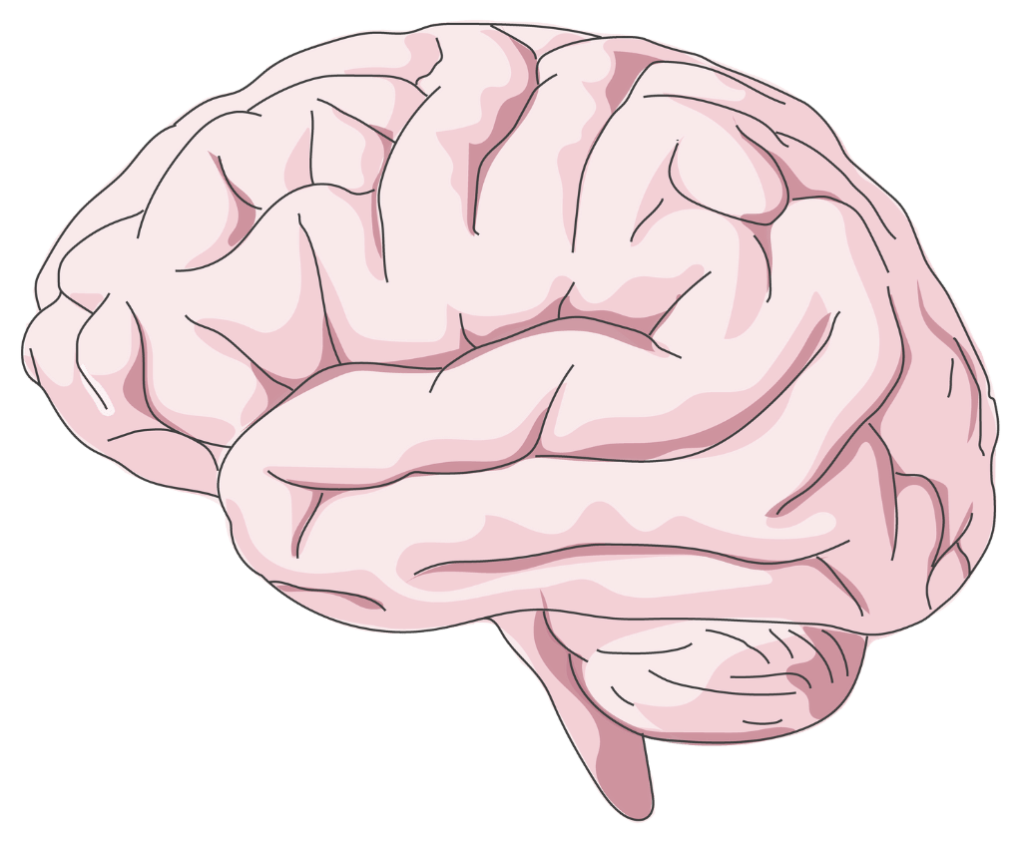

brain disorders
In modern society, brain disorders are becoming increasingly prevalent. Also referred to as neurological disorders, these conditions are estimated to be the second leading cause of death, causing 9 million deaths globally each year. While these diseases yield a massive economic burden in terms of health care costs, they also have an enormous impact on our quality of life. The prevalence of brain disorders is expected to increase significantly over the next several decades as the population both ages and grows.
categories of brain disorders
There are several different categories of brain disorders. These include: autoimmune diseases (such as multiple sclerosis – MS), epilepsy, psychiatric disorders (such as depression and anxiety), neurodegenerative diseases (such as Alzheimer’s and Parkinson’s disease), neurodevelopmental disorders (such as ADHD and autism), stroke, traumatic brain injuries (such as concussions and chronic traumatic encephalitis), and brain tumors.
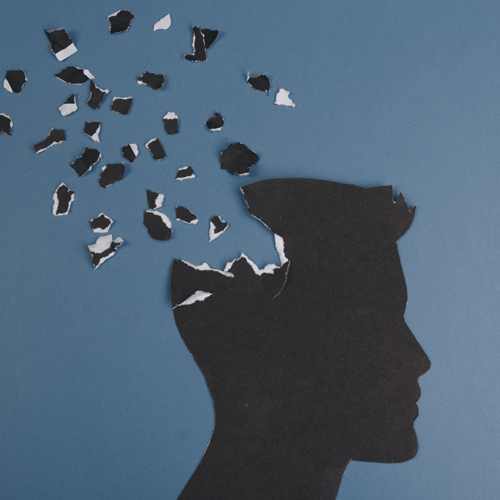
While these disorders are all unique, they share fundamental pathological characteristics. Most involve an increase in oxidative stress, which involves excessive production of reactive oxygen species. The brain is especially vulnerable to oxidative stress because it has a high metabolic rate, and oxidative stress can occur both in chronic diseases (such as Alzheimer’s) and acute conditions (such as concussions). Alterations in brain metabolism are also common, which can precede and co-occur with oxidative stress. Brain metabolism accounts for around 20% of total metabolism, even though it only contributes 2% of total body weight. This makes the brain vulnerable to damage from metabolic effects such as those that occur with aging, poor diet, and trauma. Neuroinflammation, which involves inflammation in the brain as a response to disease and injury, also occurs. Oxidative stress, impaired metabolism, and neuroinflammation overlap, involving many of the same molecules.
Brain disorders are notoriously difficult to treat. Because the blood brain barrier restricts entry of foreign substances into the brain, drug transport into the brain is limited. We are also limited by our lack of understanding these diseases. Experts admit that we actually know very little about how the brain works, for a variety of reasons. Given this complexity, using non-pharmacological interventions to treat the foundational pathologies of brain diseases (including oxidative stress, impaired metabolism, and neuroinflammation) is a great starting point. Light therapy, or photobiomodulation, is one such approach.
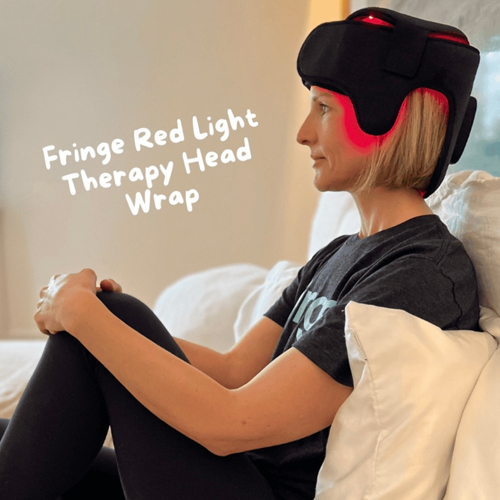

light therapy
Light therapy (also known as photobiomodulation) is the application of light with specific wavelengths to the body for the purposes of influencing biology. The most common form of light therapy uses red light (RL), which is visible as the color red, and/or near infrared light (NIRL), which is not visible but can be felt as heat. The RL used in light therapy usually ranges from 600 to 700 nanometres (nm), with the unit nm referring to distance the light wave travels in one cycle. The NIRL used in light therapy usually ranges from 800 to 900nm.
RL and NIRL are naturally produced by the sun, which gives off solar radiation. The term radiation describes energy that is transmitted in the form of waves or particles. The spectrum of light in our environment consists of both light we can see (visible light) and light that our eyes can’t perceive (invisible light). This is called the electromagnetic spectrum. The visible light spectrum is quite narrow, consisting of wavelengths that range from 400 to 700nm and span from violet to red in color. RL is part of this visible light spectrum, while NIRL is not.
Red and near infrared light therapy is the application of artificially generated light in the red and near infrared spectral bands. The term “red light therapy” usually describes the use of both RL and NIRL, although only the red light produced by the device is visible to the naked eye. IRL can still be perceived by the body as heat when it contacts skin.
How Does Red Light Therapy Affect Brain Health?
Light therapy, specifically the application of red and near infrared light, positively impacts all three foundational pathologies of brain disorders: oxidative stress, impaired metabolism, and neuroinflammation.
- Oxidative Stress: Light is absorbed in cells by molecules called chromophores, many of which are found inside the mitochondria. Mitochondria are involved in regulating the production the reactive oxygen species that cause oxidative stress when present in high amounts. Light therapy has been shown to modulate oxidative stress and reactive oxygen species production.
- Impaired Metabolism: Through its impact on mitochondria, light also affects metabolism. In addition to regulating reactive oxygen species production, mitochondria also make the energy currency of the cell, called ATP. Specifically, RL and NIRL stimulates cytochrome c oxidase, a mitochondrial enzyme that produces ATP. This increases ATP synthesis which provides more energy to brain cells.
- Neuroinflammation: Red and NIRL have anti-inflammatory effects, and unlike anti-inflammatory medications (such as NSAID’s), do not cause side effects. Studies have found that light therapy affects levels of many molecules involved in inflammation, including reactive oxygen species, reactive nitrogen species, and prostaglandins. Red and NIRL therapy have specifically shown to reduce neuroinflammation.
Brain Disorders Treated by Red Light Therapy
Since RL and NIRL therapy (hereafter referred to simply as “light therapy”) can positively impact the foundational pathology that characterizes so many brain disorders, it is not surprising that there is evidence to support its use in conditions ranging from Alzheimer’s Disease to traumatic brain injury. Here are the top 10 brain disorders that may benefit from RL and NIRL therapy, as supported by scientific research.
Alzheimer’s Disease & Dementia
Alzheimer’s Disease (AD), a form of dementia, is a neurodegenerative disease that comprises 70% of dementia cases. AD affects 1 in 10 US adults over the age of 65, or 5.7 million Americans. AD is a progressive disease that is characterized by memory loss, disorientation, behavior changes, and an eventual loss of independent functioning. Research investigating the use of light therapy for AD is extensive, with dozens of studies published in the last decade. While many studies have used light therapy in animal models of AD, several clinical trials have been published which have shown positive results. Most studies have exclusively used NIRL, which has been found to penetrate more deeply into the brain.
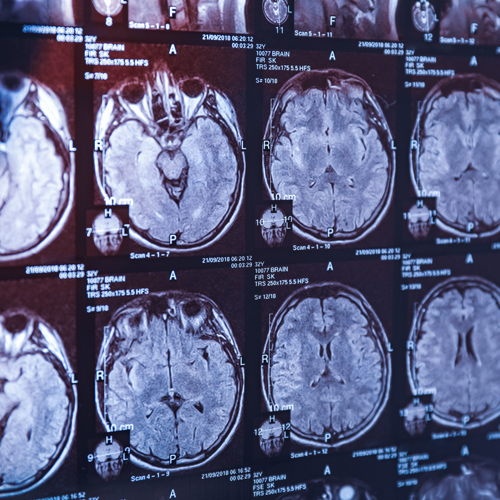
A few studies have used unique research approaches to treating AD with light therapy. For example, a 2022 clinical trial combined light therapy to the brain with RL and NIRL therapy to the gut in patients with mild to moderate AD. The control group received sham, or placebo, light therapy. Patients receiving RL and NIRL showed improved cognitive function relative to the control group. The gut microbiome has been proven to play a role in maintaining brain health, and responds positively to light therapy.
Another study combined light therapy with exercise in patients with AD. Patients in both the treatment and control groups participated in a moderate intensity exercise program 3 days per week, 45-60 minutes per session, for 3 months. Patients in the treatment group received NIRL through the nose and on wrist acupuncture points, while those in the control group received a sham light treatment. Both groups improved, but the group receiving NIRL showed more positive change.
Researchers state that there are many benefits of light therapy in AD that occur on a cellular level. These include improving mitochondrial function and increasing ATP production, decreasing neuroinflammation, and decreasing oxidative stress – which have a downstream effect of decreasing brain amyloid plaque accumulation.
While AD is the most common form of dementia, there is also non-Alzheimer’s dementia, which is similarly characterized by memory loss, disorientation, behavior changes, and an eventual loss of independent functioning. Although most research studies distinguish between types of dementia, some do not, and group all forms of dementia together. It’s not clear how important this distinction is, since the disorders share the same foundational pathologies, so light therapy is likely to have a similar impact regardless of the categorization of dementia. However, it’s still worth looking at some of this evidence. Mild cognitive impairment (MCI), which often progress to dementia, is also included here.
A 2021 comprehensive review of dementia of all types assessed 10 studies of dementia patients treated with light therapy (either RL or NIRL). While not all studies were considered high quality, every one of them reported positive results. Included here was a study of a patient with mild dementia, as well as one of MCI. This analysis suggests that light therapy can benefit dementia starting from very early stages.
Another mechanism of how light therapy affects the brain of patients with dementia was revealed in a 2021 trial. In this study, cerebral blood flow was analyzed along with cognition. In addition to improvements in cognitive function, patients also had more blood flow in several areas of the brain. The authors suggest this may be due to changes in levels of nitric oxide.
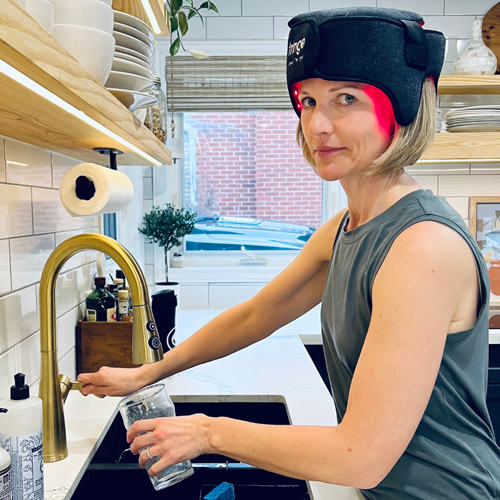
Cognition
In addition to improving brain health in people suffering from impaired cognitive function (such as AD, non-Alzheimer’s dementia, and MCI), light therapy has also been found to improve cognition in healthy people. This is quite remarkable, as it shows that the benefits of light therapy are quite universal.
Researchers have shown in a series of controlled clinical studies that light therapy using NIRL improves cognition in young and middle-aged healthy adults when applied to the prefrontal cortex of the brain. Cognitive improvements were accompanied by changes in brain function using tools such as EEG, fMRI, and brain blood flow.
In 2019, a meta-analysis of all the research looking at the effects of light therapy (including either NIRL or NIRL/RL combined) on cognition in healthy subjects was published. Seven studies included subjects aged 17 to 35 while two studies included subjects aged 49 and older. Despite some issues with study quality, the overall effect on cognition was found to be positive, leading the authors to conclude that light therapy is a “cognitive-enhancing intervention in healthy individuals”.
Parkinson's Disease
Parkinson’s disease (PD) is a degenerative brain disease that involves damage to dopamine producing neurons in the brain. PD involves motor symptoms (such as balance and gait problems) and non-motor symptoms (such as depression, sleep disorders, and cognitive impairment). PD affects around one million people in the US, and over 10 million people globally.
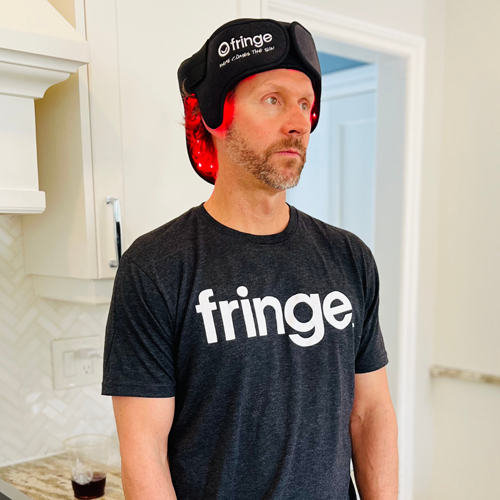
Studies using light therapy to treat PD patients have shown that it is helpful. For example, one study of patients who used at-home NIRL therapy devices showed improvements in balance, fine motor skills, cognition, and mobility after 12 weeks of treatment. Patients applied the light to the head, neck, and abdomen. Research suggests that in PD, light therapy should be used 2-3 times per week for at least four weeks.
Animal models of PD have been used to try to determine precisely how light therapy is working. A 2020 analysis of 28 animal studies concluded that light therapy, including both RL and NIRL, is “an effective method to treat animal models of PD”. It is suggested that these benefits are due to effects on mitochondria, oxidative stress, and brain metabolism, which may be “helping the brain to repair itself”. The effects of light therapy on mitochondria may be especially important in PD, which involves significant mitochondrial dysfunction.
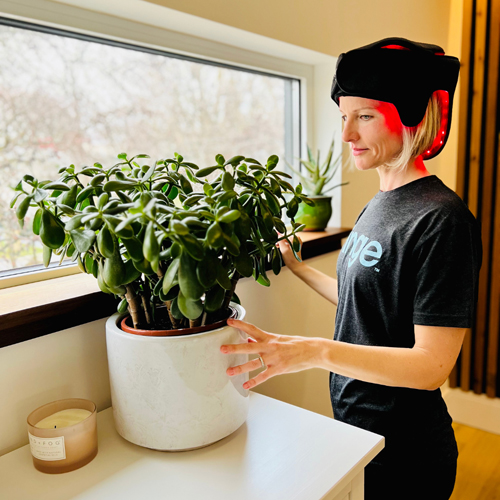
stroke
Stroke (Ischemic) – Ischemic stroke is a type of cardiovascular disease in which the blood flow to the brain is disrupted. Annually, close to 800 000 people have strokes in the US, with an economic cost of close to 57 billion dollars. Although some people recover fully from a stroke, it can cause permanent disability and death. The risk of stroke increases with age, but it can occur across all age groups.
Light therapy has shown small, but promising, effects in studies with stroke patients. Using NIRL laser light technology, it was found that treatment improved outcomes when used within 24 hours after a stroke. A larger follow up study showed smaller effects, but there was still a positive trend towards better outcomes.
Studies of animal models have shown many benefits when light therapy is used shortly after a stroke occurs. These include increasing the production of new neurons (neurogenesis), decreased inflammation, and improved mitochondrial function. The effects of light on mitochondria is very important in improving stroke outcomes, since mitochondria are responsible for protecting and maintain neurons. Light therapy may work synergistically with other non-invasive treatments for stroke, such as Coenzyme Q10.
depression
Depression – Depression is a highly prevalent mood disorder, affecting at least 21 million people in the US in 2021. Depression disproportionately affects young people, with considerably higher rates in people aged 18-25. While depression is associated with psychosocial factors such as trauma, there is also often an underlying brain pathology. In particular, depression has been associated with impaired functioning of brain mitochondria, neuroinflammation, and oxidative stress. Impaired mitochondrial functioning in depression is not just limited to the brain, but rather is found throughout the body and corresponds with symptom severity.
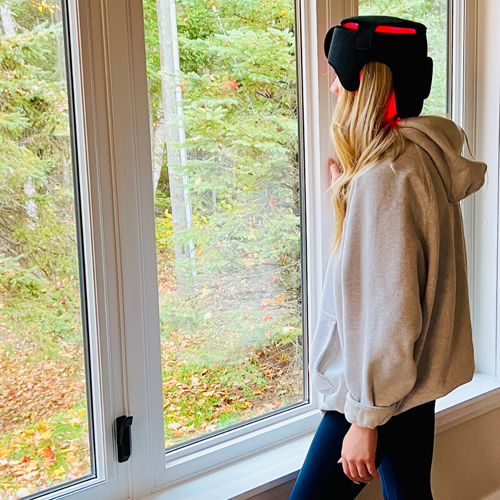
Given these associations, it is not surprising that light therapy can be used to treat depression. Several clinical trials of light therapy in depression have been conducted, all of which used NIRL applied directly to the head. A 2022 systematic review concluded that NIRL therapy “can be classified as strongly recommended for moderate grade of major depressive disorder”. Similarly, a 2023 meta-analysis concluded that there is a “promising role of [NIRL therapy] in the treatment of depressive symptoms”.
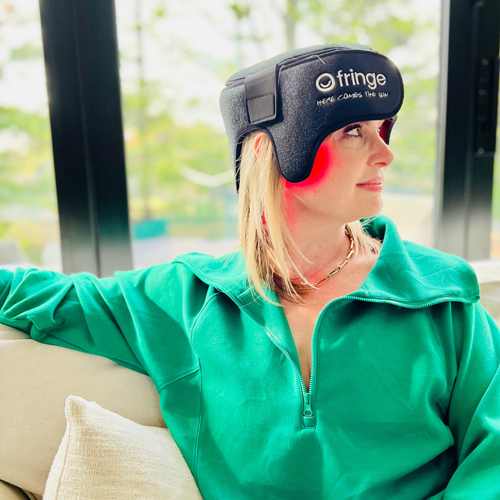
Multiple Sclerosis
Multiple sclerosis (MS) is an autoimmune neurodegenerative disease that involves the brain and spinal cord. The prevalence of MS has recently been found to be higher than originally thought, affecting nearly 1 million people in the US. The symptoms of MS vary between affected individuals, and include fatigue, gait problems, numbness/tingling, weakness, spasticity, and vision problems. Interestingly, MS prevalence shows a north south gradient, in which people at northern latitudes have more disease. Low sun exposure is a known risk factor for MS, while greater exposure is associated with decreased disease severity. MS involves considerable neuroinflammation, as well as increased oxidative stress.
Since most research related to sun exposure and MS has focused on vitamin D – which is produced from UV light, rather than RL or NIRL – there are only a few studies looking at how RL and NIRL therapy (which does not stimulate vitamin D production) affects MS. However, the research that has been done has been very positive. Notably, only one study (using a mouse model of MS) applied light therapy to the brain, with mice showing improved motor function and decreased brain pathology following treatment. Other animal studies have applied light to the spinal cord, which was also the target of a study with human MS patients. A second study of human MS patients applied light to the inside of the mouth and the radial artery on the wrist. Since MS affects both the brain and the peripheral nervous system, it appears that light therapy can target the multiple areas and still be beneficial.
Autism Spectrum Disorder
Autism Spectrum Disorder (ASD) is a neurodevelopmental disorder that manifests in childhood. ASD is characterized by difficulties with social interactions, abnormal language, and restricted/repetitive behaviors, interests, and activities. ASD is a term that includes a range of disorders, including both genetic and non-genetic conditions. Some people with ASD are high functioning, while others suffer from serious disability. ASD is highly prevalent, affecting 1 in 36 children in 2020.

Two studies have investigated whether light therapy can be used to improve symptoms of autism. In the first, adults with high functioning ASD received transcranial PBM for 8 weeks. Treatment caused a significant improvement in social responsiveness scores, social awareness, social communication, social motivation, and restricted/repetitive behaviors. In the second, Transcranial PBM with a RL & NIRL laser was used for the treatment of irritability associated with autistic spectrum disorder in children and adolescents aged 5-17 years. Light therapy significantly reduced irritability scores compared to the placebo group, as well as lethargy and social withdrawal, stereotypic behaviour, hyperactivity and non-compliance, and inappropriate speech. Benefits were maintained at both 6 and 12 month follow up. The long-lasting benefits seen in this study are striking, and suggest that brain structure and/or function has improved as a result of treatment with RL and NIRL.
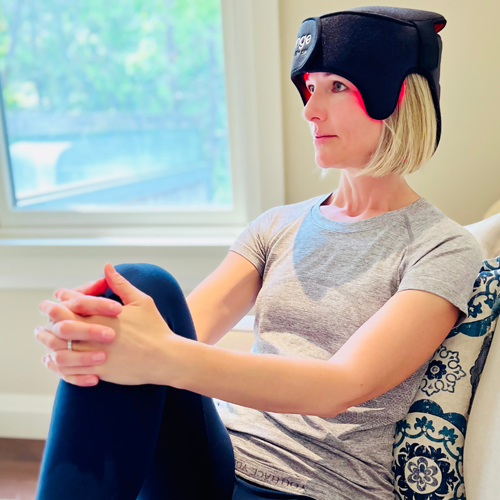
epilepsy
Epilepsy is a brain disorder that causes seizures, which are discharges of electrical activity in the brain. Epilepsy affects 1.2% of the US population, or approximately 3.4 million people. Epilepsy is most commonly treated with drugs, but up to 1/3 of people do not improve with medication. Surgery is another treatment for epilepsy, but it carries some risk.
Although research on light therapy and epilepsy has so far been limited to animal models, the impact of light on seizures and brain health has been positive. A 2022 review article described that “[light therapy] makes the neurons ‘healthier’ by restoring their function and making them more resistant to distress and disease”. Several animal studies using NIRL have observed positive outcomes, including reduced seizure activity and decreased mortality. This is consistent with research that shows a north south disease gradient with epilepsy, similar to that observed with MS.
traumatic brain injury / concussion
Traumatic brain injuries (TBI) occur when there is a violent blow to the head. Concussions are a common type of TBI. Symptoms include nausea, vomiting, vison and speech problems, and difficulty with memory and concentration. Around 1.7 million people in the US experience a TBI annually, with adolescents aged 15 to 19 and older adults over 65 years being affected more commonly.
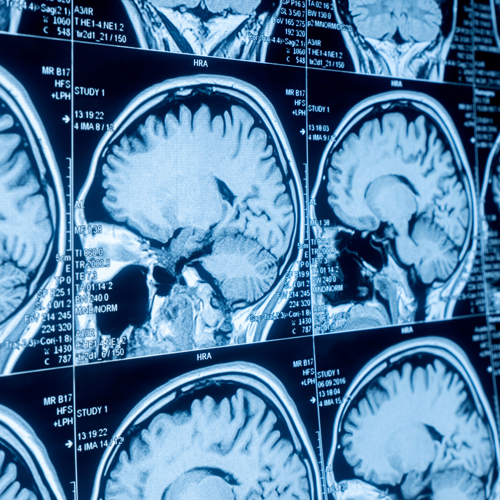
Research using light therapy (both RL and NIRL) for TBI has looked at both immediate and chronic effects in animal and human models. Animal studies have shown a reduction in the size of the brain lesion when light therapy was used immediately following trauma, which correlated with the severity of neurological symptoms. Similarly, a case study of a hockey player with a history of six documented concussions using at-home intracranial and intranasal NIRL found improved markers of health using brain imaging. Other human studies looking at behavioral outcomes have observed benefits such as improved sleep, improved cognition, and reduced anxiety and depression.
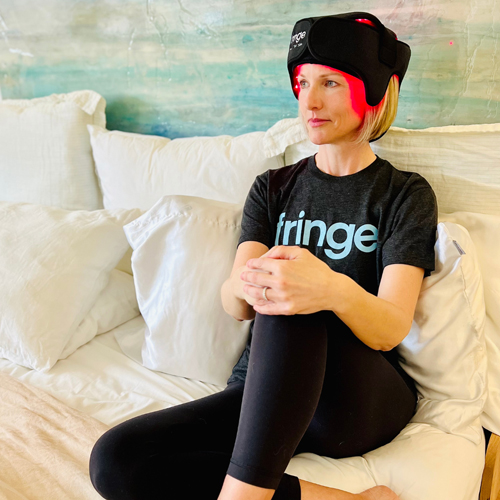
Chronic Traumatic Encephalitis
Chronic traumatic encephalitis (CTE) is a brain disorder caused by repeated head injuries. The injuries damage brain neurons and the condition worsens over time. CTE occurs most commonly in athletes that play contact sports, like football and boxing. CTE highlights the importance of healing traumatic brain injuries, as approximately 17% of people with repeated TBI progress to CTE.
As with TBI, light therapy has been found to benefit CTE. A study of four ex-football players with suspected CTE treated with RL and NIRL to the head found that three of the four players showed improvements in outcomes including depression, pain and sleep. More research is needed to confirm these preliminary findings.
Using Light Therapy for Brain Health
There are an increasing number of devices on the market that directly target brain health. Most apply light therapy to the head (often as a hat or helmet), some deliver light to the brain through the nose (intranasally), some target specific areas only (such as the forehead or back of head), and some even shine light on distant areas on the body (such as the abdomen). With so many options available, how can you know which device is best for you? Here are five issues to consider.
- Style Preference: Your personal level of comfort with a device is important. If it isn’t easy to use, and if it doesn’t feel good on your body, you probably won’t use it consistently. Imagine yourself wearing the device – would you be comfortable wearing a hard helmet, or would you prefer a soft hat? Do you want a device that is wireless, or can you commit to being close to an electrical outlet so that you can plug it in? Do you want the flexibility of being able to lie down while wearing the device? Are you comfortable with having multiple contact points on the body, or would you prefer the device be on only one part? Think about your personal preferences and choose accordingly.
- Laser vs LED: Light therapy is administered using either laser or LED lights. While early light therapy research was done using lasers, LED lights have become much more popular over the last decade. The research described in this article includes both types of light sources. In 2018, Dr. Michael Hamblin – the world’s leading light therapy expert – concluded that LED lights using comparable parameters to lasers performed “equally well”, which is very important because LED powered light therapy devices can be made at a fraction of the cost of laser devices. Consumers can rest assured that using at home LED powered devices for the treatment of brain disorders is supported by research evidence. For at home use, look for a device that uses LED lights as safe and affordable option.
- Light Color/Wavelength: As described in this article, both RL and NIRL have been used in studies of light therapy to treat brain disorders. Although NIRL has been used most often, some studies have also found benefit from RL. Light with wavelengths between 600 and 1300nm, in the red and near infrared light spectrums, have been found to penetrate maximally into the brain. So, look for products that provide both RL and NIRL in combination, or NIRL only.
- Light Intensity: Light intensity refers to the amount of light being delivered by a device. It is also referred to as irradiance. The required intensity when using light therapy to impact brain disorders is unclear. The assumption is often made that for light to influence the brain, it must receive light photons, which must pass through the hair, skin, skull, and cerebrospinal fluid. Studies have found that the deepest penetration comes from higher intensity light sources using NIRL. However, studies have also shown that there are benefits to light therapy that can’t be explained by the depth of light penetration into the brain. For example, cognition and blood flow in the brain have been found to improve when light therapy is applied to the front and back of the neck. Similarly, depressive symptoms improve when light therapy is applied to either the periphery of the body, as well as directly to the brain. Although this isn’t well understand, there are several possible explanations, including effects on superficial blood and lymphatic vessels in the head and neck area as well as connections between the brain and other areas of the body, such as the gut. These “indirect” benefits to the brain from applying light therapy to somewhere on the body are increasingly being recognized as being neuroprotective.
The penetration issue has led many companies to develop high intensity devices to support brain health. While these devices have been found to helpful, devices that are lower intensity have been also. Devices across a range of intensities may provide benefit, and consumers aren’t limited to a specific intensity range.
- Education: While light therapy education will not change the specific functionality of a device, it does have the potential to profoundly impact how someone uses the technology. When a company provides evidence-based education that teaches consumers why, how, and when to use a product, devices can be used to better support healing. Look for products with accompanying education and instructions for use, whether in printed and/or digital formats. You can also look for companies that provide support by phone or email to current or prospective customers.
Conclusion
Light therapy with red and near infrared light has shown great promise in supporting brain health. Benefits of treatment have been observed across a wide range of populations, ranging from young healthy adults to elderly people with dementia. Light therapy affects the foundational pathologies that underlie virtually all brain disorders, including oxidative stress, impaired metabolism, and neuroinflammation. This occurs, at least in part, through stimulation of brain mitochondria, which produce energy.
Research using light therapy to support brain health has applied a range of technical specifications, including style of device, light source, light wavelength, and light intensity. Benefits have been observed in most studies, which suggests that consumers have options when it comes to choosing the device that is right for them. Factors such as comfort, cost, and ease of use can be considered. Therapy with RL and NIRL can be used to safely support brain health across the lifespan, making light therapy devices a wise investment for all.
For more information about Fringe light products, go to: https://fringeheals.com/shop-all-products/
about the author
Dr. Genevieve Newton, DC, PhD spent close to 20 years as a researcher and educator in the field of nutritional sciences before joining Fringe as its Scientific Director. Gen’s job is to “bring the science” that supports Fringe’s products and education. She is passionate about all things Fringe, and is a deep believer in healing body, mind and spirit using the gifts of the natural world.
The contents in this blog; such as text, content, graphics are intended for educational purposes only. The Content is not intended to substitute for professional medical advice, diagnosis, or treatment. Always seek the advice of your healthcare provider.

Good Day! Really enjoyed reading this blog as it is very thorough and unbiased. My husband was diagnosed with RRMS a couple of years ago. We are interested in light therapy to reduce inflammation, oxidative stress and to improve mitochondria health and ATP production. He also has tennis elbow issues and spasticity knee pain. His symptoms are mainly neurological, brain fog, extreme fatigue and vision issues including involuntary eye movement. It all started with two extreme vertigo attacks in 2019. I’m excited to learn more from Fringe in terms of alternative options that isn’t available from his western medicine care team.